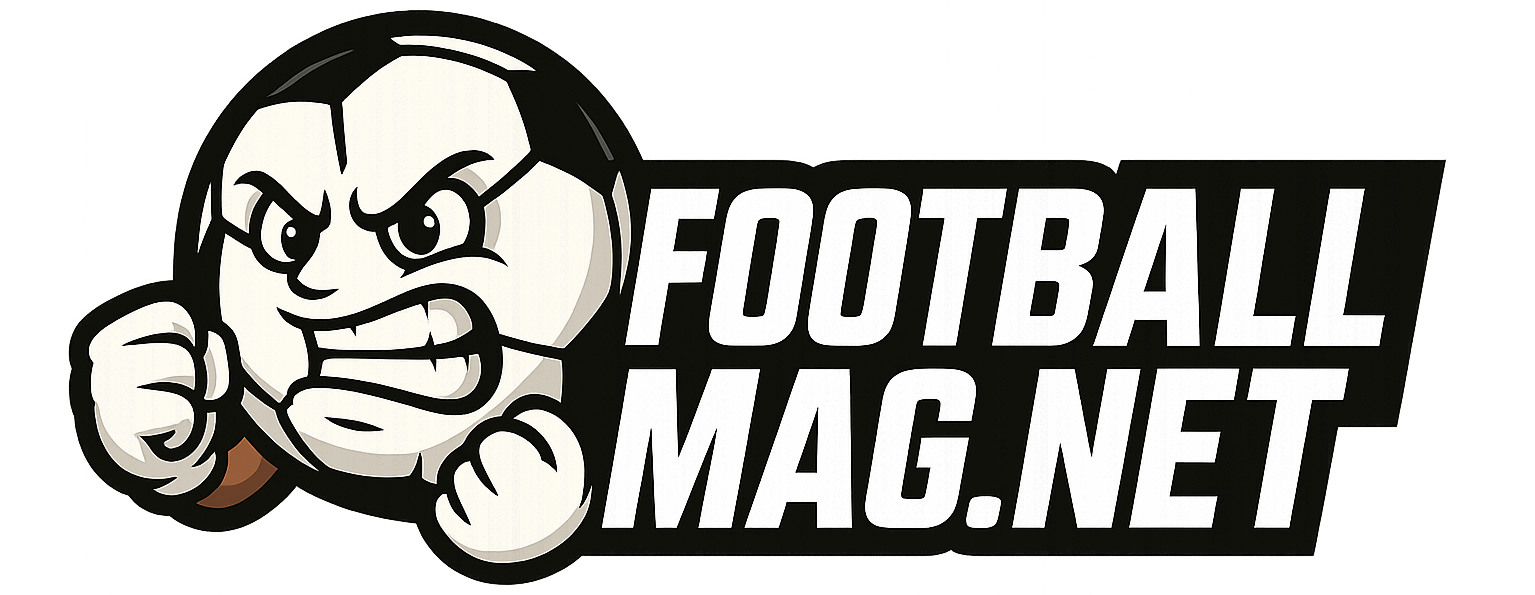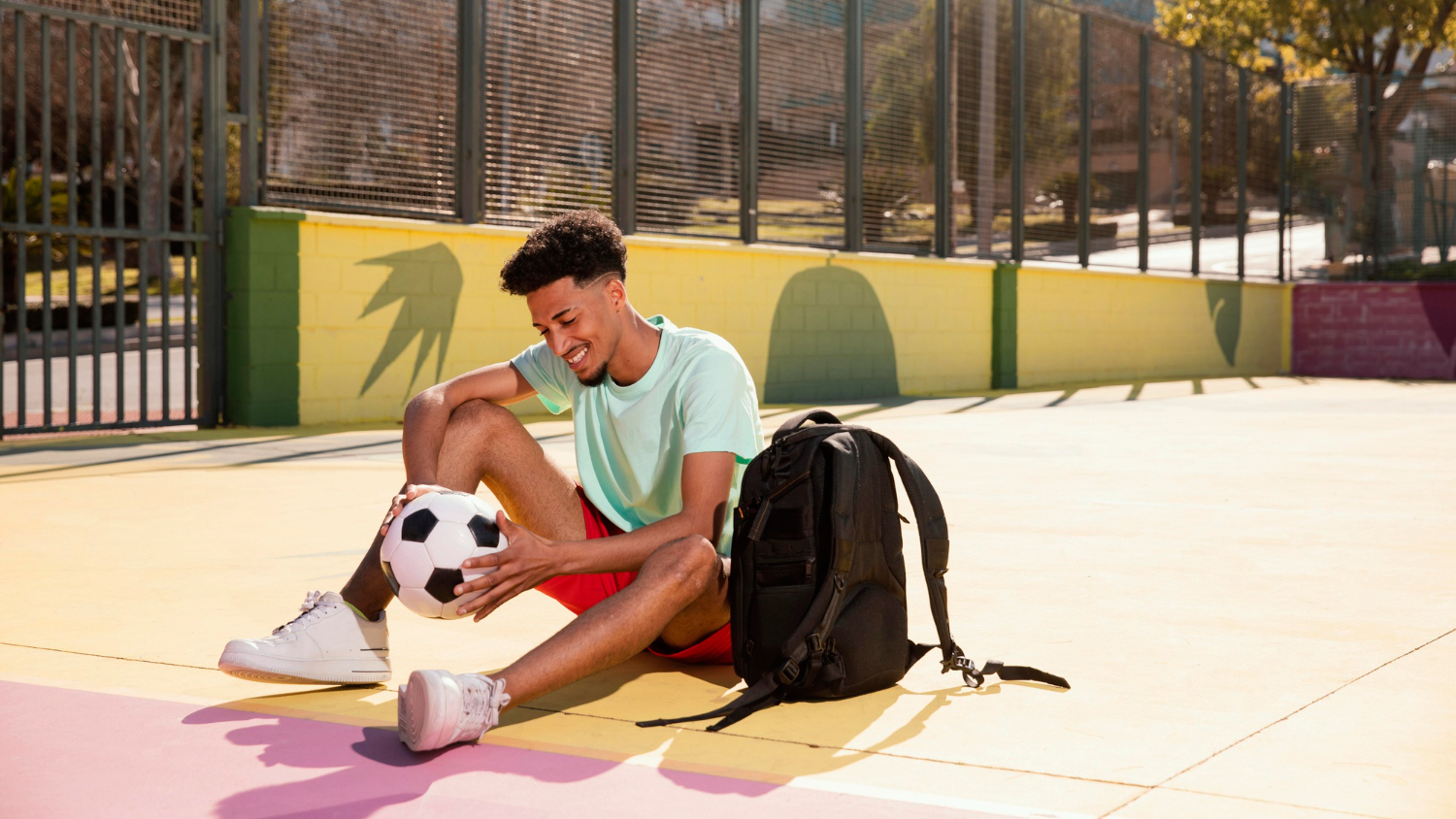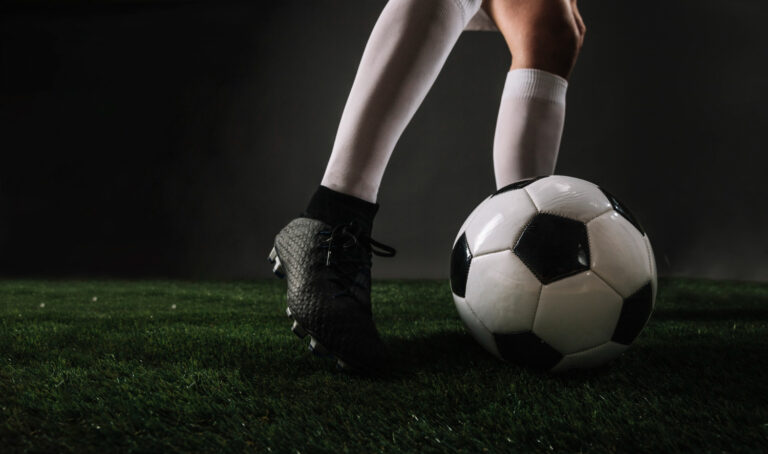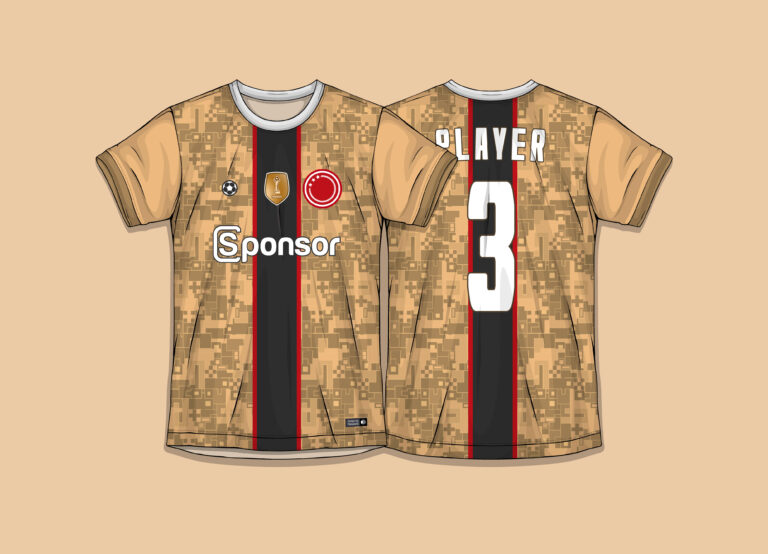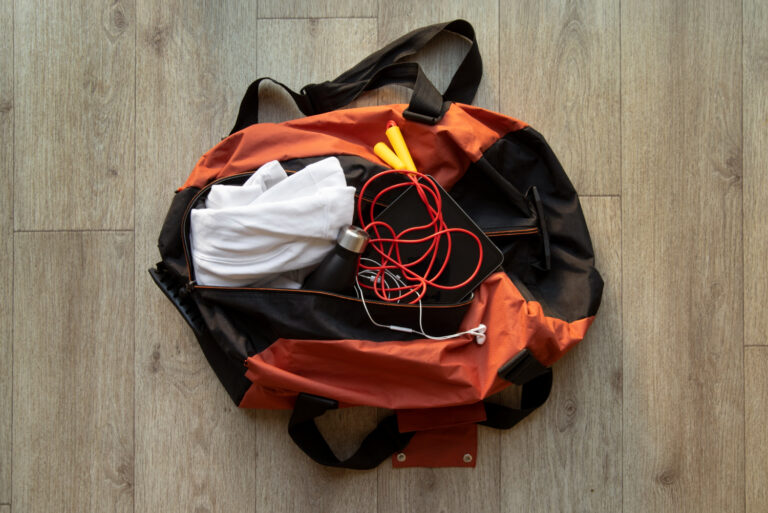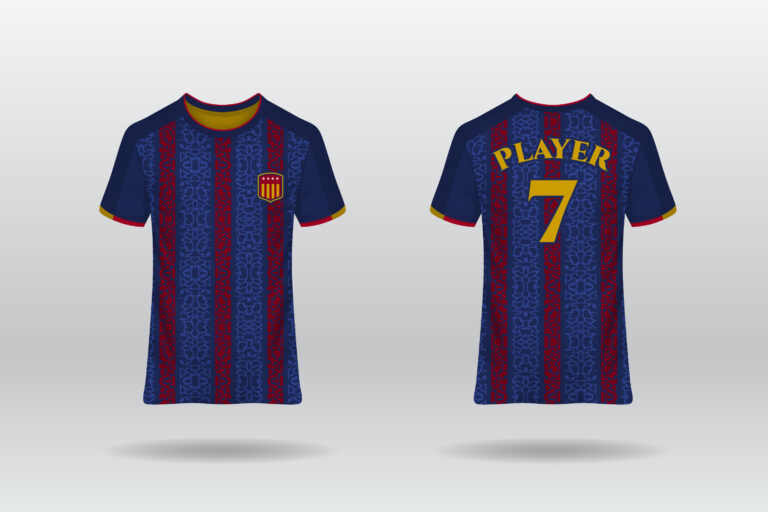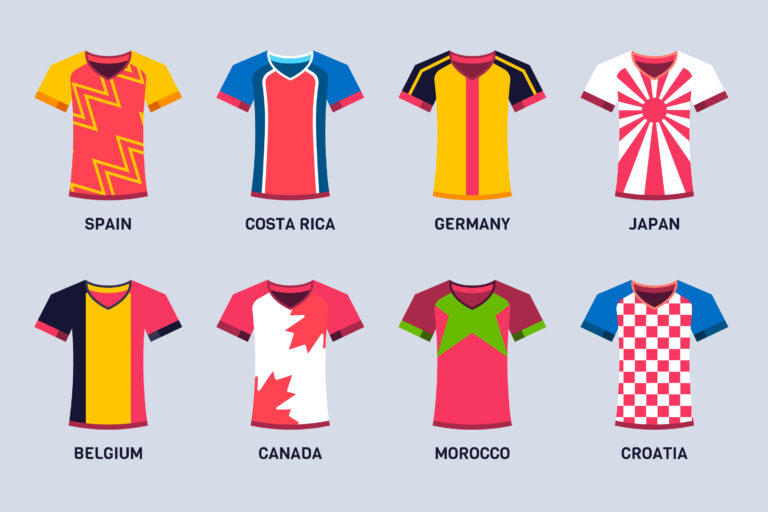What’s in a Pro Player’s Gym Bag?
You can tell a lot about a footballer by what they carry into the gym. While the on-field action is what fans see most, so much of the game is won in the hours we put in off the pitch. From recovery tools to personalized nutrition, the contents of a pro player’s gym bag aren’t just about convenience, they’re a blueprint for performance.
After training with professionals, studying their habits, and eventually crafting my own gym setup, I’ve come to realize that every item inside that bag has a purpose. It’s a carefully curated arsenal, shaped by years of experience, experimentation, and expert advice. Whether you’re aspiring to play at a high level or just want to emulate what the pros do, here’s a deep dive into the gear elite footballers carry to prepare, perform, and recover.
Performance Footwear
It starts with the right shoes. Not just any pair of trainers will do, pros are particular about what they wear in the gym. The right gym shoes offer the support needed for compound lifts, plyometrics, and cardio. Many players opt for cross-trainers that provide a blend of grip, stability, and shock absorption.
I’ve seen professionals pack Nike Metcons, Adidas Ultraboosts, or even specialized lifting shoes depending on the day’s session. They rotate based on the workout: heavier shoes for lifting days, lighter ones for agility drills. Having the wrong shoe on the wrong day might not seem like a big deal, but over time, that decision can affect posture, strength output, and even injury risk.
Resistance Bands and Mobility Tools
Stretching and mobility work aren’t just warm-ups anymore. Resistance bands of various strengths are common in every gym bag. They’re used for activation drills, improving range of motion, or adding tension to bodyweight exercises.
Alongside the bands, pros also carry mobility tools like massage balls, foam rollers, and sometimes even portable massage guns. Loosening up tight muscles pre-session and helping them recover post-workout keeps the body moving efficiently. These tools have become essentials for extending career longevity and boosting performance.
Water Bottle and Hydration Mixes
Hydration isn’t just about sipping water anymore. Most professionals carry high-grade insulated water bottles, often filled with electrolyte-infused water or hydration tablets.
You’ll spot powders that replace lost minerals, drinks with sodium-potassium balances, or even amino acid blends meant to be consumed during or after the workout. Footballers train in all climates, and proper hydration is key for recovery, focus, and endurance. I’ve seen players lose edge late in games because they failed to stay hydrated during the week.
Personalized Nutrition Packs
Forget generic snacks, players know exactly what their bodies need. Some carry protein powders for post-gym recovery, others pack oat bars, banana-almond butter sachets, or even vacuum-sealed meals prepped by nutritionists.
Protein shakes are common, often pre-measured in shakers or Tupperware containers. Some players add collagen for joint support or creatine for muscle repair. Everything is portioned out, easy to mix or consume on the go. Nutrition is fuel, and pro athletes treat it with precision.
Compression Gear
Compression sleeves, socks, and tights often make it into the gym bag. These garments help with blood circulation, reduce muscle vibration during movement, and aid in recovery.
Some players change into compression shorts after their gym work to speed up the healing process. Others wear them during workouts to reduce strain. It’s not just for aesthetics, it’s science-backed gear aimed at maintaining peak condition.
Towel and Hygiene Essentials
Professionalism extends beyond the workout. Most players carry microfiber towels, shower sandals, and a personal hygiene kit. A gym session is sweaty business, and maintaining cleanliness helps avoid skin issues or infections that could sideline you unexpectedly.
Antibacterial wipes, deodorant, fresh socks, and even facial cleansers or moisturizer make their way into those side compartments. The bag tells a story of someone who cares about every detail, down to how they recover and present themselves afterward.
Training Journal or App Device
Logging your workouts is essential when you’re training for performance, not just aesthetics. I’ve seen many pros carry a small training journal to track their reps, rest, and recovery.
Others prefer digital tools, tablets or smartphones loaded with performance-tracking apps, recovery metrics, or coach-shared programs. Whether it’s for data tracking or mental visualization, having a device or notebook in the bag signals commitment to long-term growth.
Recovery Snacks and Supplements
Post-workout recovery starts the moment the last rep is done. That’s why many gym bags include fast-absorbing protein powders, branched-chain amino acids (BCAAs), or omega-3 softgels. Some even go as far as bringing turmeric capsules or anti-inflammatory supplements.
Football is physically demanding, and smart players treat their bodies like investment portfolios, they protect, maintain, and build them consistently. Every supplement in that bag is picked with a specific purpose in mind.
Resistance Parachutes or Agility Ladders
For players focused on explosiveness and sprint work, speed training gear like resistance parachutes or foldable agility ladders can be tucked neatly into a gym bag. These tools don’t just stay in the bag, they come out in warmups or extra conditioning sessions on turf or grass nearby.
It’s about maintaining that edge. Footballers never want to be caught flat-footed in a one-on-one sprint. Having these tools at arm’s reach makes it easier to train anywhere, anytime.
Weighted Vest or Ankle Weights
Some pros like to crank up the intensity. A lightweight, foldable weighted vest is something I’ve seen snuck into bags often. Whether it’s bodyweight workouts or sprint drills, that added load builds endurance and resilience.
Ankle weights, on the other hand, are used carefully. They’re ideal for mobility-focused movements or light technical drills. But again, these are used with precision, not tossed on haphazardly.
Spare Base Layers and Fresh Clothes
Nobody walks out of a proper gym session in the same clothes they walked in with. Most players pack a second base layer, usually compression-style, for the trip home or the next phase of their day.
That includes dry-fit shirts, socks, and undergarments. After working up a sweat, a change of clothes signals not just hygiene but mental reset. One session ends, the next begins.
Headphones and Music Playlists
Focus is everything. Noise-cancelling headphones or in-ear buds are a gym bag staple. Whether it’s to lock into a zone or drown out distractions, music is a huge part of pre-session preparation.
Some players curate specific playlists for different phases of the workout, low BPM for stretching, high energy for lifting, and something mellow for cooldown. It’s a personal ritual, but a crucial one.
Heart Rate Monitor or GPS Band
Modern players don’t just go by feel, they go by data. Chest strap monitors, GPS trackers, or wearable smart bands help measure heart rate variability, calorie output, and strain levels.
These devices sync with apps that guide recovery and prevent overtraining. The margin between top-tier performance and burnout is narrow. Data helps manage it with precision.
The Mindset Behind the Bag
Every item tells a story. A gym bag might look like a jumble of gear, but to the professional footballer, it’s a survival kit. It reflects how we think about performance: meticulous, methodical, and always aiming to improve.
Some bags have inspirational quotes pinned inside. Others have custom zippers or initials sewn in. For many, it’s their mobile headquarters, their ritual space, and their quiet edge before stepping back into the chaos of competition.
Building Your Own Pro-Level Bag
You don’t need to be playing in a top league to start carrying yourself like a pro. Building a gym bag with intention can change how you approach training. Start with the basics, good shoes, hydration, mobility tools, and build from there based on your needs.
Don’t add things because they look cool. Add them because they serve a purpose. The best gym bags are curated, not cluttered.
Final Thoughts
What’s in a pro player’s gym bag isn’t random. It’s a window into how they train, recover, and carry themselves. The difference between average and elite often comes down to the things nobody sees, the silent routines, the off-pitch rituals, the gear that supports greatness.
Whether you’re training in a local gym or aiming for pro trials, remember: every item you pack is a statement of your intent. That gym bag on your shoulder? It could be the secret weapon you didn’t realize you needed.
